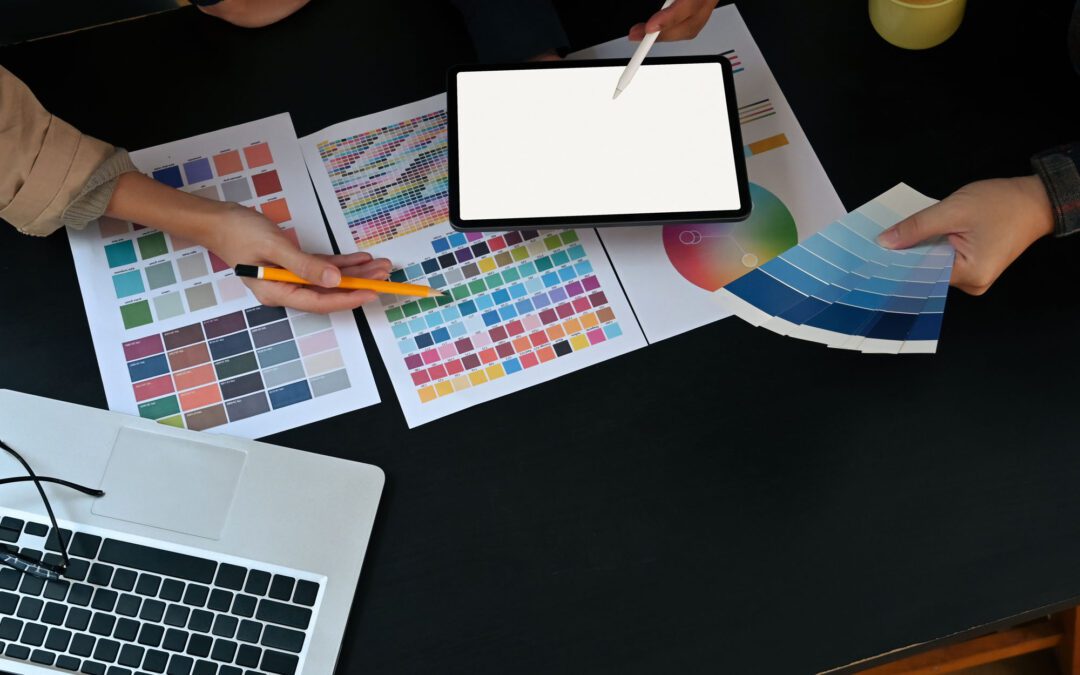Designing a custom label for your product involves creating an eye-catching and effective label that communicates your brand and product information.
Here’s a step-by-step guide to help you through the process:
Define Your Brand and Product Identity:
-
- Understand your brand’s values, personality, and target audience.
- Identify the key features and benefits of your product.
Research and Inspiration:
-
- Look at labels of similar products in your industry for inspiration.
- Explore design trends, color palettes, and typography styles.
Choose Label Size and Shape:
-
- Determine the dimensions and shape of your label based on the packaging of your product.
Create a Design Brief:
-
- Outline your design objectives, target audience, color preferences, and any elements or information that must be included.
Select Colors and Fonts:
-
- Choose a color scheme that aligns with your brand and product. Consider the psychology of colors and how they convey emotions or messages.
- Select fonts that are legible and reflect the style of your brand (e.g., modern, classic, playful).
Design Elements:
-
- Logo: Incorporate your brand logo prominently.
- Imagery/Graphics: Use relevant images or graphics that enhance the visual appeal and communicate product features.
- Borders, Shapes, and Patterns: Add visual elements to frame or highlight key information.
- Icons or Symbols: Use these to convey information quickly (e.g., organic, eco-friendly, allergen-free).
Layout and Composition:
-
- Organize the elements in a clear and balanced manner. Consider hierarchy – important information should be more prominent.
- Leave enough white space to prevent overcrowding and allow the label to breathe.
Include Mandatory Information:
-
- Depending on your product and location, certain information is legally required (e.g., ingredients, nutritional facts, allergens, contact information).
Typography:
-
- Use fonts that are legible and appropriate for the product type. Consider using different font styles (e.g., bold, italic) to create emphasis.
Test for Legibility:
-
- Ensure all text is readable, including vital information like product name, ingredients, and usage instructions.
Consider Label Material and Finish:
- Choose a label material that suits your product packaging (e.g., paper, vinyl, waterproof material).
- Decide on a finish (e.g., glossy, matte) that complements the design and provides the desired look and feel.
Mockup and Proofing:
- Create mockups of the label on your product packaging to visualize how it will look in real-world settings.
- Proofread for spelling and grammar errors.
Get Feedback:
- Share your design with trusted individuals for feedback. Consider their input and make necessary adjustments.
Finalize and Print:
- Save the label design in the appropriate file format (e.g., high-resolution PDF) for printing.
- Choose a reputable printing service or work with a graphic designer experienced in label design.
Compliance and Regulations:
- Ensure that your label meets any legal requirements or industry-specific regulations for your product.
Remember, a well-designed label can significantly influence consumer perception and purchasing decisions, so invest time and effort into creating a label that reflects your brand and product in the best possible light. If needed, consider consulting with a professional graphic designer for assistance.

